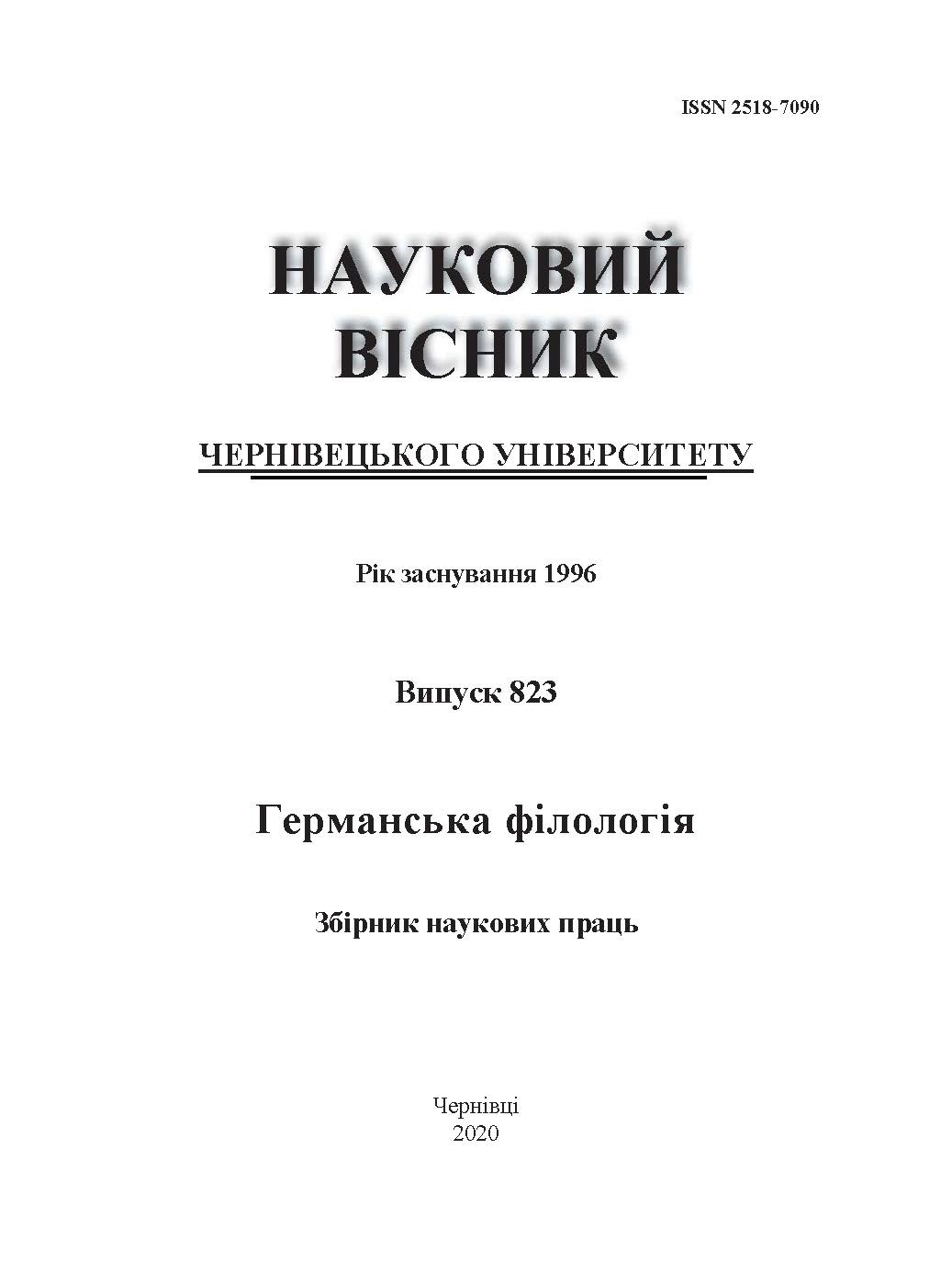STRATEGIC FRAMING AND LANGUAGE-SPECIFIC FEATURES OF THE AUTOBIOGRAPHICAL DISCOURSE (BASED ON AUTOBIOGRAPHIES OF NOBEL PRIZE LAUREATES IN LITERATURE)
DOI:
https://doi.org/10.31861/gph2020.823.84-89Abstract
The article focuses on the study of strategic framing and language-specific features of the autobiographical discourse (based on autobiographies of Nobel Prize laureates in literature). The main approaches to the understanding of linguistic personality in the process of creating the autobiographic discourse have been distinguished. The article analyses the characteristic features of the creative personality and the level of its linguistic creativity. The high level of linguistic excellence proves the great creative potential of the authors of the studied autobiographies. High frequency of use of stylistically marked expressive means and figures of speech, such as: stylistic convergences, epithets, metaphors and similes has been observed. The concept of the autobiographical discourse and consideration of its features have been disclosed. Linguopragmatic features of tactical and strategic organization of autobiographical discourse have been analyzed. Special attention is paid to the description of the usage of multi-component stylistic convergences. The autobiographical discourse of Nobel Prize laureates gives an opportunity to comprehend the degree of creative individuality of the author, to find out the components of the linguistic personality, elements of worldview, their relation to reality, surroundings and themselves. Autobiographical texts fully disclose the linguistic personality, as they present a real picture of a person’s views of the world, their conceptualization and categorization of the world around. Each text is a reflection of the external conditions of communication and the inner world of man. Different types of autobiographies and manifestations of the autobiographical in language and speech form the autobiographical discourse.





